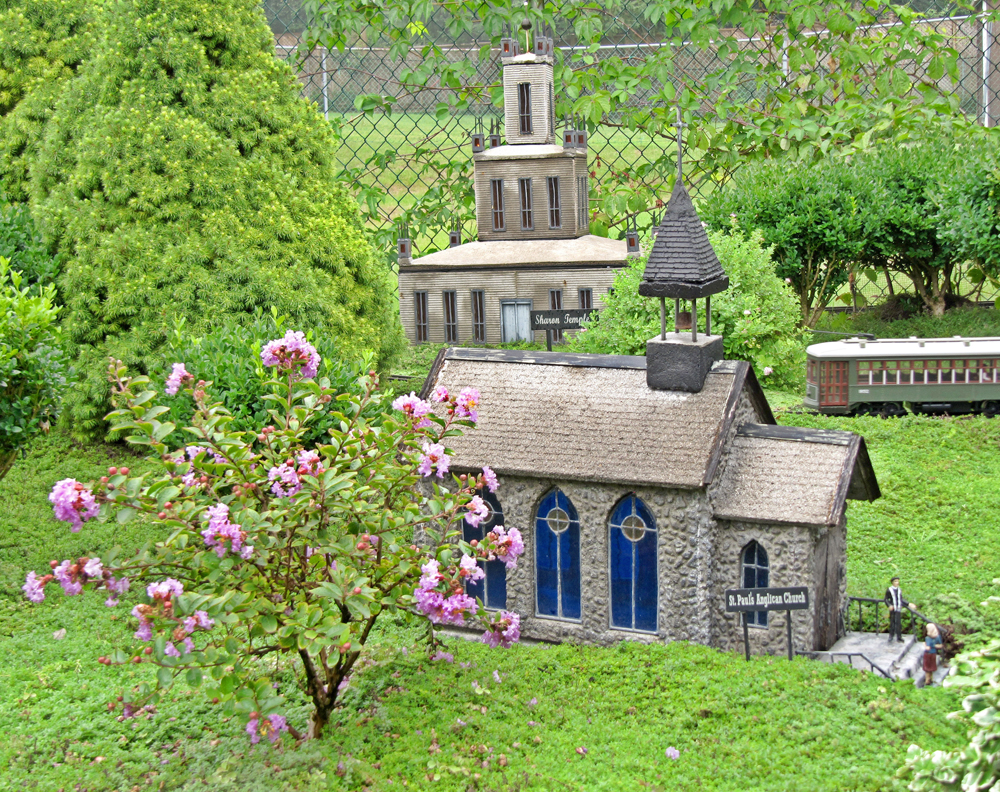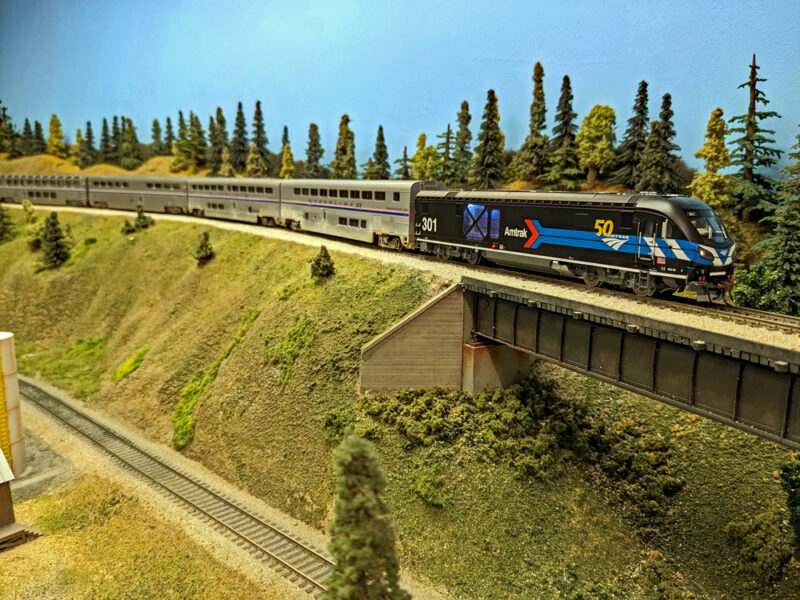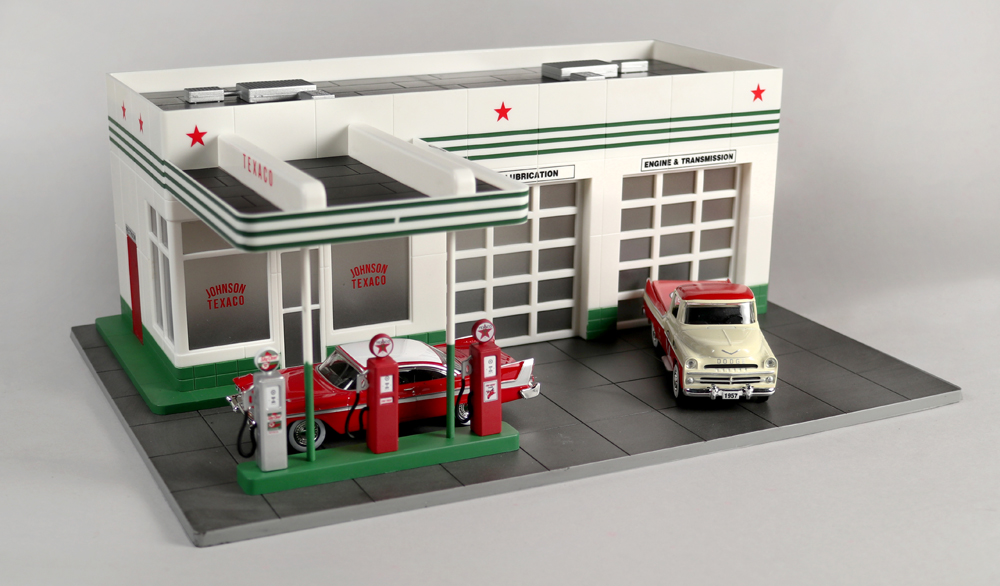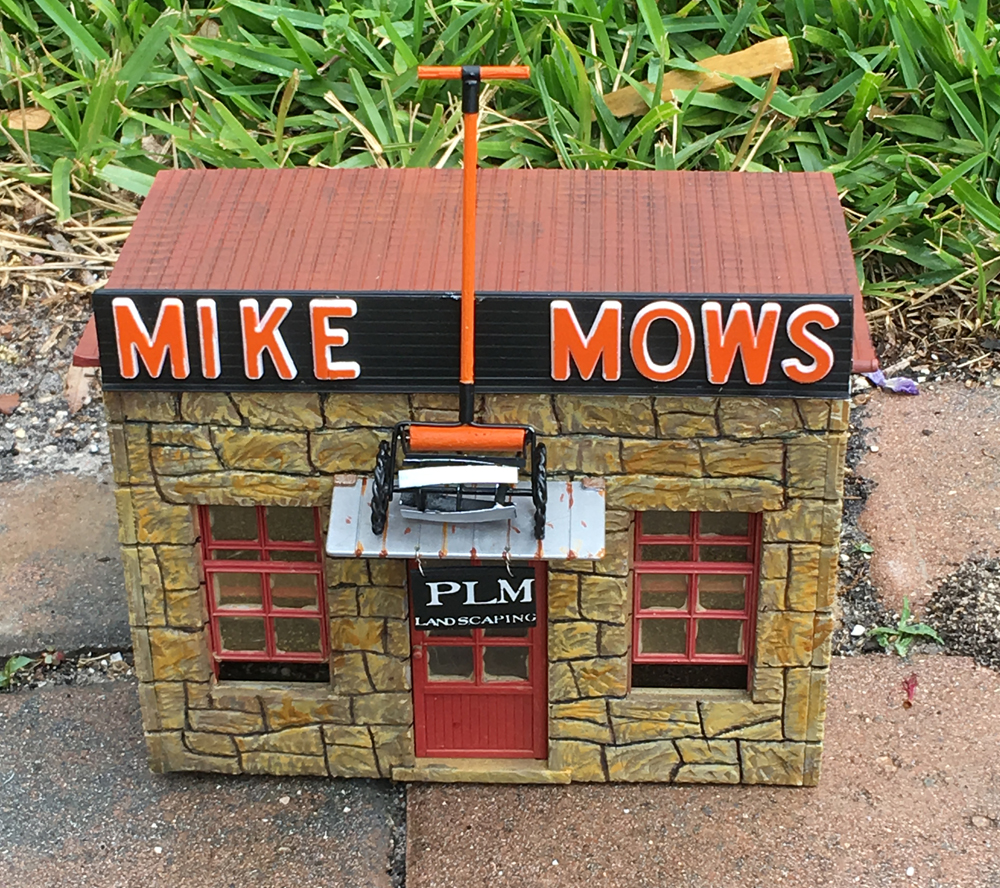
Common name: Dwarf crape myrtle
Latin name: Lagerstroemia indica ‘Violet Filli’ (Filigree series)
Plant size: 6-24″, depending on the miniature variety
Plant type: Shrubs and small trees
USDA Hardiness Zones: 4-11 (or grown as an annual)
Cultural needs: Well-drained, slightly acidic to acidic soil, full sun
The miniature crape myrtle in the photo, one of many in the Filigree series that come in shades of red, white, and purple, has been blooming all summer, pruned to about 12″. Because the crepe-papery blooms continue until frost, the gardener’s adage to “prune just after blooms fade” doesn’t hold up. At the end of the season, in the colder Zones, a late trimming can stimulate new growth and pose a risk of freezing tender buds. The best time to cut off the past season’s spent flowers/seeds is late winter or early spring—just prior to new growth emerging. This will ensure shorter branches loaded with flowers. Some dwarf lagerstroemia varieties grow to 3-4’—we would prefer them to stay under 2′. A miniature with light pink flowers, L.i. ‘Chickasaw’, is reported to grow 1-3′, but keeping it rootbound (as between rocks or in a pot) will help to keep it around 18″. In zones colder than Zone 6, winter protection may be needed. Look at varieties, including weeping miniatures, here: www.crapemyrtles.com













